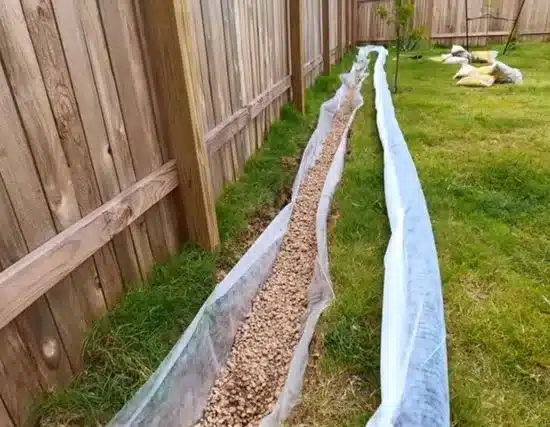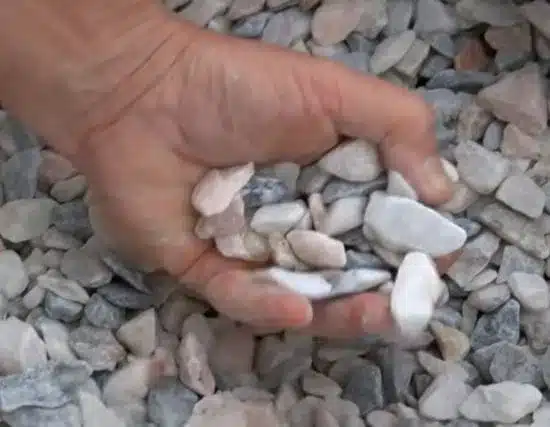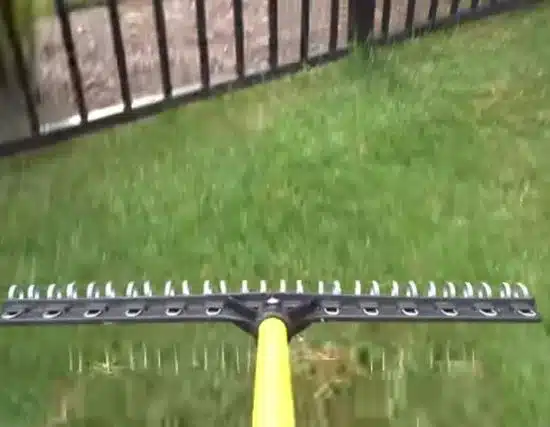The sight of a muddy yard can be gross and uninviting. But did you know that a few useful tips can help you effectively clean up a muddy yard? Here are some simple and practical ways to dry up a muddy yard and make your space beautiful and fresh.
Having a rainy night can be a relief after a long day. But drying the mud that forms afterward could disturb your night’s rest. The mud could ruin your yard’s aesthetic appeal, kill the lawn grass, or even worse, make it inside your house after your kids or pets play outside.
A dry yard gives you a safe and healthy home exterior to spend time with your family. Moreover, it increases your living space by giving you a clean and hygienic environment. A dry yard also keeps you from spending much effort maintaining healthy turf.
Only a few people know how to dry up a muddy yard effectively. After considering various cleaning methods that look difficult, many often give up, hoping for a few days of sunshine to do the job.
Here are some practical ways to dry up a muddy yard after a downpour.
Table of Contents
5 Ways to Dry Up a Muddy Yard
Regardless of what led to you having a muddied yard, drying it up is vital for your home’s environmental health and aesthetic appeal. Let’s head to five excellent muddy yard solutions for home or office exterior décor or construction site maintenance.
1. Install a French Drain

Installing a French drain is one of the most effective ways to dry up a muddy yard. A French drain is a trench filled with rocks or gravel. A pipe with holes inside the drain can redirect incoming water from your yard.
Here’s how French drainage works. Water always flows downhill and will take the most accessible route. So the French drain should have an intermittent gradient in the flow direction. The gradient is typically about one inch every seven or eight feet into the trench.
This setup creates a convenient passage for water flow as the current passes through the stones into the pipes. The perforated pipes then empty outside your yard at a safe spot.
But if you want to go a step further? Consider burying the pipes in polished rocks to make your French drain more appealing. Adding an artificial turf or covering can help prevent water buildup and improve drainage.
2. Fix the Drainage

Poor drainage is an apparent reason why yards get muddy. You want to ensure the water drains out in a separate drainage pipe to create an effective drainage system. Also, there should be no runoff in your yard, and the drainage system should be vegetation-free.
One of the ways to prevent standing water in your yard is by installing a culvert. If you have a hill or steep slope in your yard, you can also build barriers or berms to prevent erosions. Lastly, when regarding your lawn, take the topsoil from its lower side before applying it to the upper side for improved drainage.
3. Apply Lawn Gravel

Here’s one of the most straightforward muddy yard solutions on this list. Using lawn gravel for muddy yard cleanup creates better drainage quality. Not only is installing gravel on your lawns incredibly easy, but it also offers a permanent fix to soggy yard problems.
You want to place the gravel in strategic places around the home to prevent wet patches from developing. Consider speaking with a gardener or landscaper if you need help with the best places to position gravel in your yard. They can better inform you about excellent locations to apply lawn gravel for muddy yard cleanups.
4. Liming

Liming can be one of the quickest ways to dry up a muddy yard. Earthwork contractors often prefer this method for dealing with soggy lands on the construction site. Liming is also beneficial because it offers a green (natural) escape route from the muddy yard challenge.
Applying lime over soil frees water from it, effectively drying it fast. When lime makes contact with moisture, a chemical reaction starts that absorbs water into the lime and releases heat into the atmosphere. You may need to add water above the well to kickstart the necessary chemical reaction for lime to dry up mud.
Remove any dead flowers or debris before using lime to dry up mud in your yard. Because these chemical methods are usually fast and efficient, it’s best to use hand equipment when applying the lime.
Additionally, avoid taking concentrated lime with your hand during the cleanup because concentrated lime is strongly alkaline and can cause skin burns. There are different lime on sale, such as quick lime or hydrated lime. Any of these commercially available lime forms can help you maintain a dry yard all year round.
5. Dethatch Your Yard

Thatches refer to small patches of dead grass cuttings found over the lawn soil. Having minimal thatch over your soil is fine and benefits your lawn in various ways. For instance, little thatch can help to break down organic matter and boost its immunity against diseases.
But too much thatch will prevent water movement across the yard, clog the soil airways, and create a muddy yard. ‘
[Lastly, a soggy yard can eventually kill the turf, so lawn dethatching serves you in multiple ways.
Meanwhile, dethatching your lawn to dry up a muddy yard isn’t as time-consuming or challenging as mowing a lawn. You can easily remove thatch from your lawn with a mechanical device like a rake or dethatching mower.
Consider aerating your yard or adding fertilizer to avoid excessive thatch build-up. That’s because your yard’s topsoil could develop a spongy texture due to soggy patches from malnourished turf.
Conclusion
While this list isn’t exhaustive, the solutions above are some of the most popular and effective ways to dry up a muddy yard. Adding gravel or lime around the area, removing excess thatch, and fixing the drainage are great ways to maintain a dry yard. Consult a gardener if you need more specific information about drying up your yard when it gets muddied, and you can rest assured of a clean, safe, and dry yard for your family and pets.
- Best Brush Cutter: Top 5 Models for Lawn Maintenance in 2024 - January 10, 2024
- 5 Best Chainsaw Pants: Essential Safety and Comfort Guide - October 27, 2023
- 5 Best Chainsaw Knee Pads: Essential Safety Gear for Woodcutting - October 24, 2023